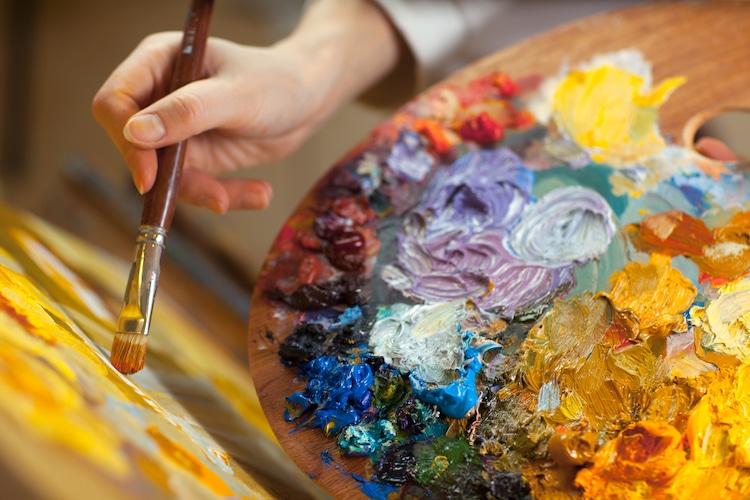
Essential Painting Tips
As the seasons change, giving your home a fresh coat of paint becomes necessary.
Throughout summer, the moisture and dampness caused by rains tend to seep into the foundation of the home and cause flaking of the walls. That’s why it is crucial to give the interiors of your home a paint job.
However, painting tends to be a finicky affair and can get quite frustrating. So here are a few tips that will make interior painting much easier and efficient.
- Use a good primer
An essential painting tip that you should never skip is applying a good primer. Primer creates an even and level canvas for you to paint on. If you’re painting drywall, make sure that you apply a water-based primer. This will prepare the wall for paint and also keep moisture and dampness out, thus preventing the growth of bacteria and mold. On the other hand, if you’re painting the kitchen or any other wall which is saturated by smoke or grease, use an oil-based primer. If you’re not clear about what to use, make sure that you take a professional opinion before doing anything.
- Prevent lap marks with mixer
If you’re not an experienced painter, then lap marks become quite a concern. Lap marks are the stripes that occur when wet paint is applied to areas with a pre-existing coat of drying paint. Now, you can prevent this by keeping a wet edge, which gives you a wet starting point for the next stroke. However, there are still chances that lap marks might appear. A more reliable way to prevent this is by using a paint mixer. This slows down the drying time of the paint and also evens out the paint so that brushstrokes are not visible. Make sure that you follow the manufacturer’s directions when combining the mixer with paint.
- Mix paint buckets to prevent differences
Even if you purchase the same color, there are still possibilities of differentiation between the two. This can lead to variations in color, from one part of the room to another. The best way to prevent this is by mixing several paint buckets at once. This will even out color variations and give you something even to work with. So you will be able to paint effortlessly and without worries of messing up the paint combination. This is essential if you’re using a light pastel color, where differences are more noticeable. Make sure that you use a large container for the mixing. Otherwise, you’ll not be able to mix all the paint and you’ll end up with mismatched colors.
- Try out paint textures for a bonus feature
Are you tired of boring, old, and plain paint? Well, how about you try out some paint textures? Adding paint textures is one of the easiest things to do. Not only do they add-in flair and beauty to a dull room, but they’re also a great way to hide flaws and bumps that may be on your walls. This is a great alternative to wallpapers, and it’s perfect for those who want a bit of color and design on their walls but don’t want to go through the hassle of putting up wallpaper. Adding texture to walls is primarily done by using a patterned roller, and dipping it in a different paint shade or color.
- Use drop cloths
One of the biggest mistakes that people make while painting their home is not using drop cloths. Drop cloths are the fabric that you place on your floor or surroundings, to protect them from dripping paint. Not using them will cause your pristine floors to become stained with paint, which will be more evident if you have light-colored floors and you’re using dark paint. Make sure that you carefully cover every edge with drop cloths. While you can use plastic sheets or tarp, there is a higher chance of them slipping away and they even pose falling risk for you. So cotton drop cloths are the best option.





More Stories
Are Landlords Responsible for Pest Control?
Reasons to have square coasters with stands: Know before purchasing
Helpful Tips When Buying Whitby Windows